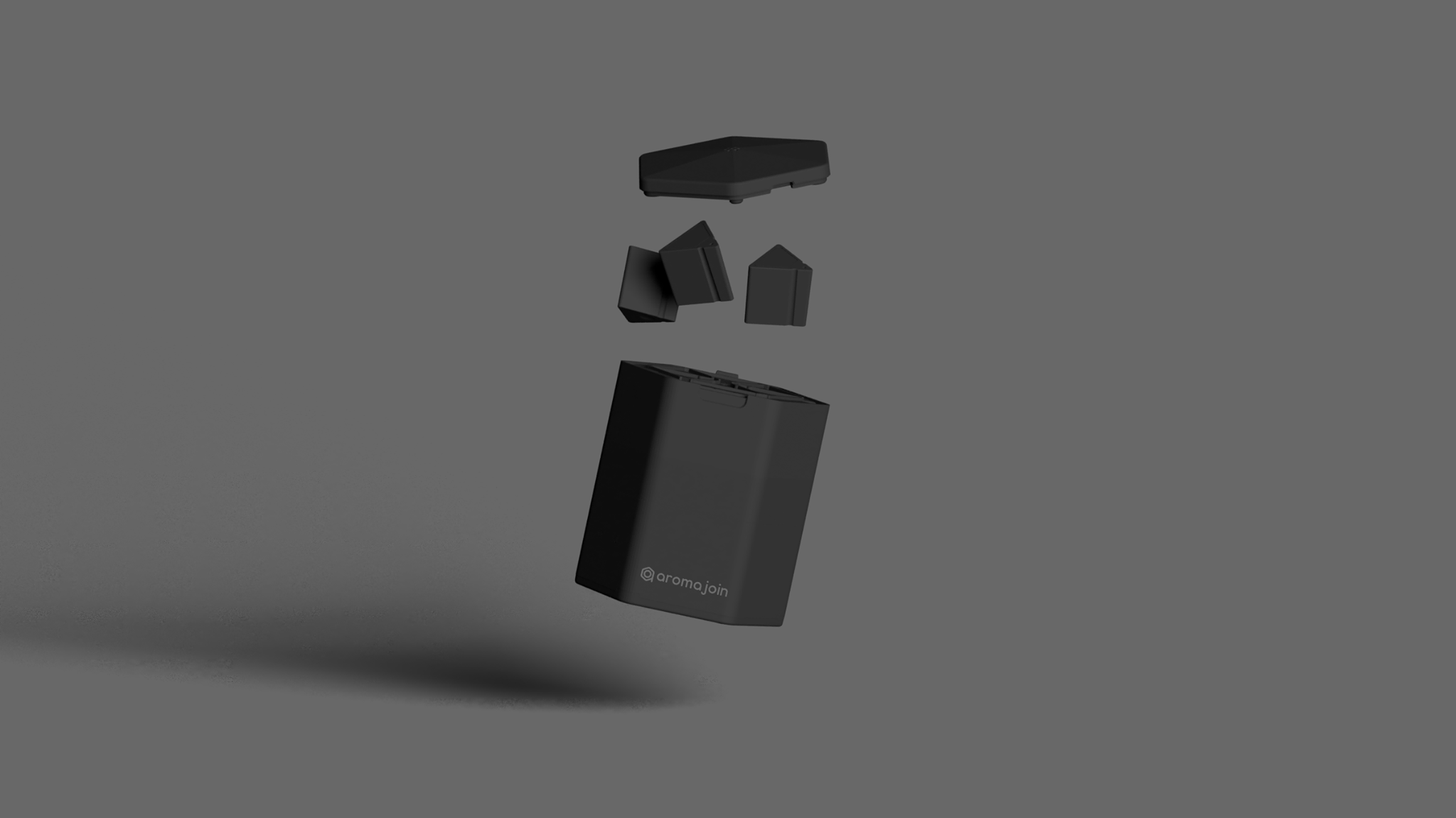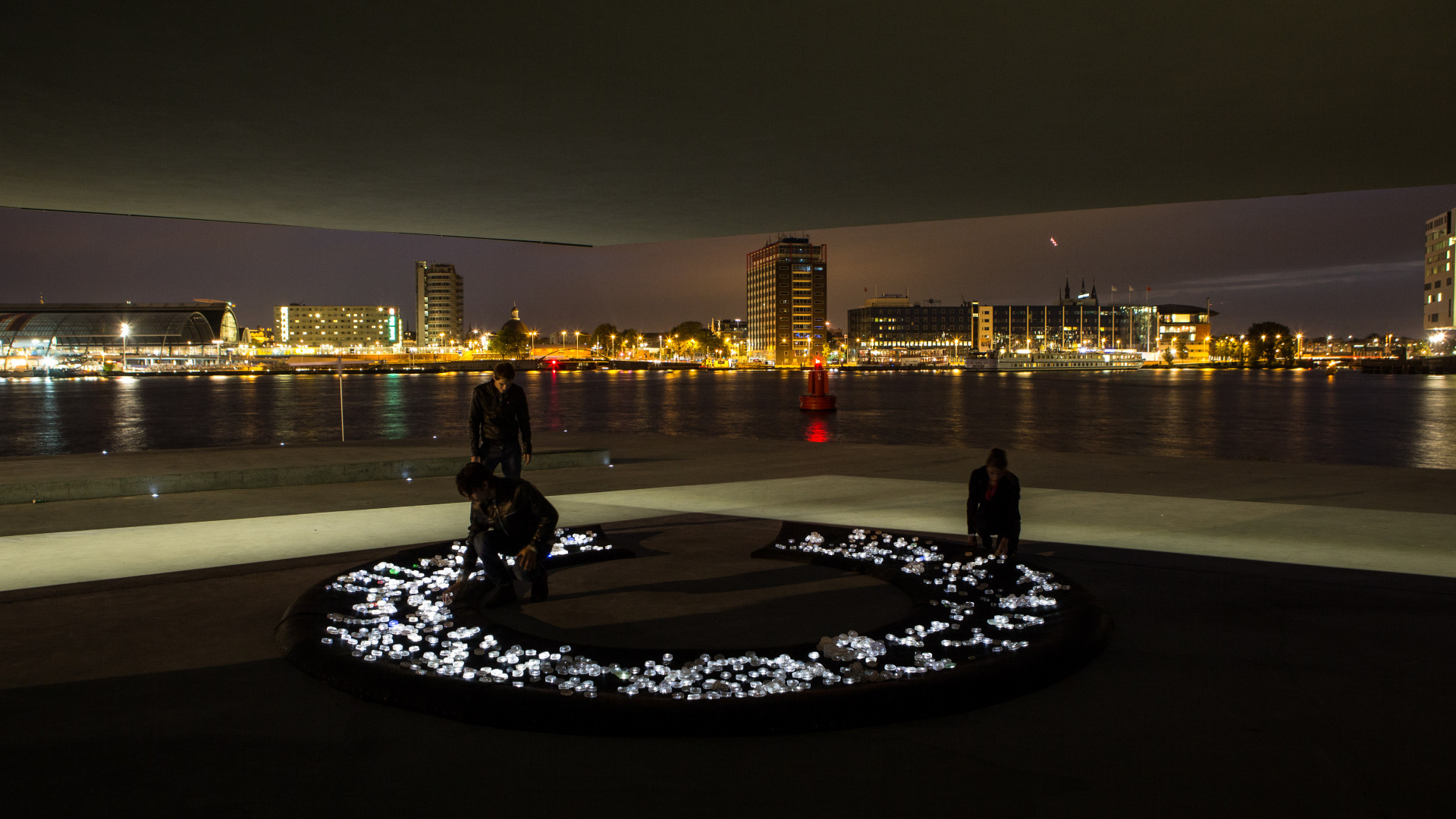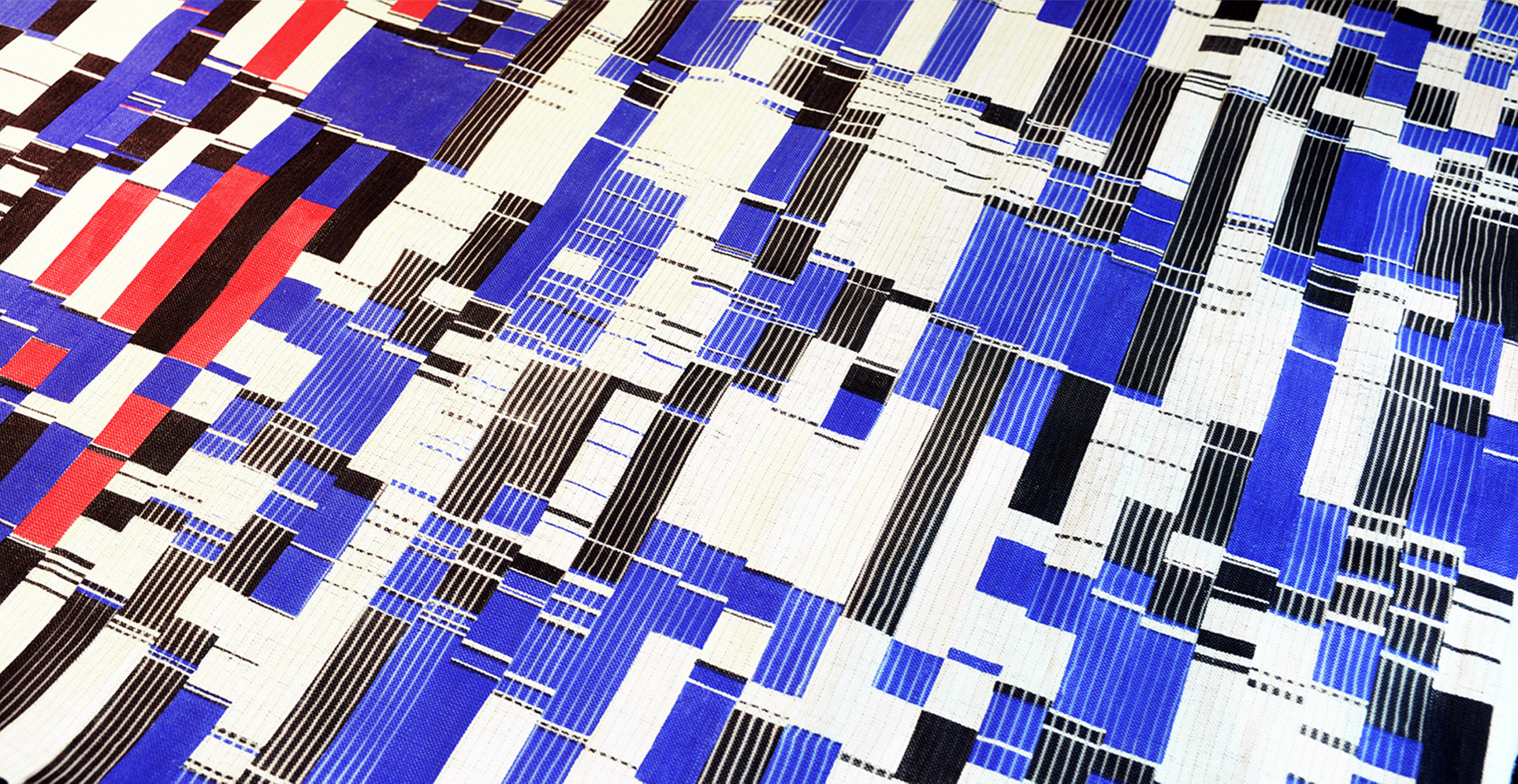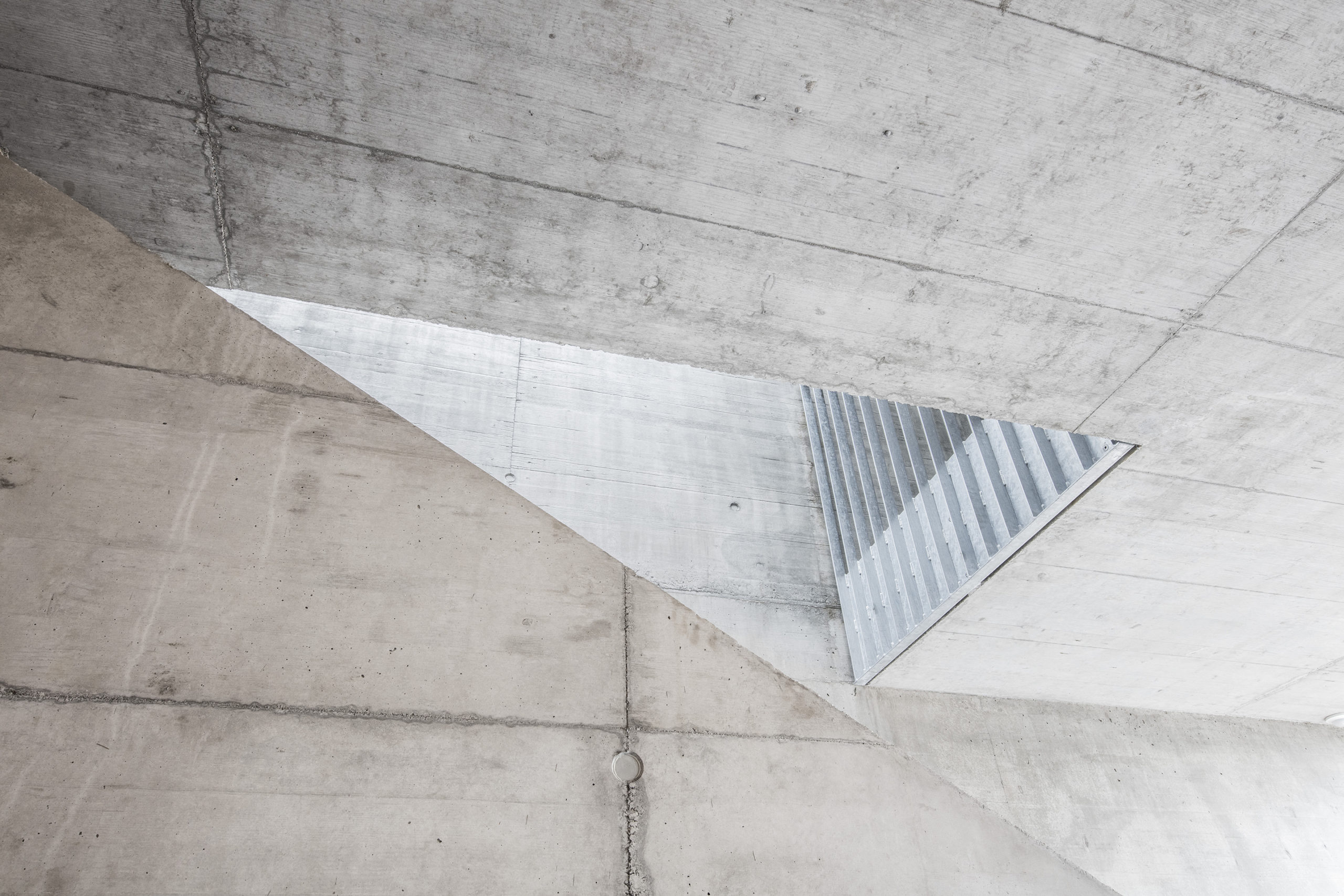Architizer's A+Product Awards is open for submissions, with the Extended Entry Deadline fast approaching on Friday, February 23rd. Get your products in front of the AEC industry’s most renowned designers by submitting today.
Smell-O-Vision, AromaRama, and iSmell: these are the names of three genuine products envisioned to be the future of our entertainment experiences. For decades designers and inventors have tried —and, in the case of our cinematic examples, failed — to use the primary human senses to enhance our experiences. Smell-O-Vision actually made Time’s “100 Worst Ideas of the Century” in 1999. However, as we all know, “failures are the pillars of success,” and the poor response to previous sensory technologies has done little in the way of discouraging swathes of inventors and designers who are keen to tap into our core human functions.
The “five” senses are integral considerations during the design process. Look, feel, sound, smell and taste all determine how we respond to a product or experience. Our senses work in tandem to establish our emotional responses and develop our memories.

Marcel Slodki, Poster for the opening of the Cabaret Voltaire, 1916, lithograph
The idea of manipulating our emotional responses by targeting the senses didn’t begin with product designers. Artists and performers concluded that art should not be purely visual centuries ago. The history of performance in the visual arts is often traced back to futurist productions and dada cabarets of the 1910s. Performance art increased in popularity in the 1970s and has remained a widely popular medium since. Multi-sensory experiences using light and soundscapes, touch and smell have created some truly unique and unforgettable shows and exhibitions.
The success of using a multi-sensory approach to create deeper human connections was quickly adopted by architects who realized the potential to make spaces resonate on a deeper level with the people who visited them. Architectural practice has typically been dominated by sight (Does it look good?). However, as we learn more about the human condition, discussions around how we react to space, sound, smell, touch and taste have rapidly become part of conventional design conversation.
Light (see) and acoustic properties (hear) have been vital components in architecture for many years. Vast amounts of research have been conducted, and thousands of products exist on the market that facilitate tailoring our environments to invoke the emotional response we are looking for. However, when it comes to smell and taste, for architects who want to create spaces that are truly multi-sensory experiences, the technology has not always been practical (remember Smell-O-Vision). However, in the digital age of today, there are an increasing number of products that are being used to amp up our day-to-day experiences by engaging our senses.
Scenting is a practice used widely in the commercial design industry. Intrinsically linked with memory, scent is processed by the limbic system in our brain, which is responsible for memory and emotion. It can be a powerful tool in branding and customer loyalty. According to the Scent Marketing Institute, leather and cedar aromas will induce you to spend more on furniture, apple and cucumber will make a space feel bigger, and barbecue smoke will create a feeling of somewhere being smaller. If you want someone to linger in a room, bespoke floral and citrus smells work the best.
In essence, smell sells. Yet despite the understanding that olfaction (smell) is a booming marketing tool, architects have generally lacked the technology to utilize this important avenue for their projects. Lately, that has changed with the emergence of digital transmission and the re-creation of smells. Unlike the early examples of smell reproduction, new olfactory technology models use scents digitally transmitted via computer code that is transferred online or via a smartphone app and reproduced at a kiosk or through a scent-emitting device.
Previous attempts to re-create scents have faced challenges because liquid or gaseous odorants often contaminate each other. The Aroma Shooter, developed by Japanese startup Aromajoin, solved this problem using solid-state materials that can deliver split-second volleys of over 400 scents. The technology is now being adopted by hospitality industries and marketing teams globally as well as a way to further increase virtual-reality applications.
Ideally, by engaging a variety of our senses, architects and designers can enrich our environments. Design and architecture have always provided tactile experiences, but the sense of touch has not always been a primary focus. While materiality provides this connection in a way, modern haptic technologies have a myriad of benefits in our built environment.
Haptics has long been used in video game design; making games seem more realistic by providing feedback through the controller. This idea of interactive feedback can be replicated in our built environments. Designers and manufacturers are creating surface materials that respond to our touch and our presence. Rotterdam, Netherlands–based Studio Roosegaarde is testing the boundaries with Crystal, a floor-based lighting installation featuring a collection of translucent salt crystal “rocks.” The wireless, LED-illuminated devices derive an electrical charge from a black power mat: the light intensity and color change when visitors interact with them.
While, Budapest-based experimental studio EJTech has created Chromosonic, a textile that changes color and pattern when touched. Using linen printed with thermochromic dye, designers Judit Eszter Kárpáti and Esteban de la Torre connected an Arduino device and a power supply to the fabric, creating a soft interface that responds to heat energy from auditory signals as well as users’ hands.
Many of these haptic technologies are designed as experiential additions to spaces; however, on a more practical level, many touch-sensitive aspects can be translated into practical solutions for everyday problems. Flooring that can capture and release energy from our walking is well underway while in the accessibility and healthcare market, touch-sensitive flooring solutions for patients falling could be life-saving.
New technologies are indeed set to change how we experience life and design teams are keen to incorporate new technologies into their projects. Architizer’s A+Product Awards recognizes the incredible innovation and hard work that goes into developing new technologies, and with its new categories “Health and Wellness,” “Innovation,” and “Positive Impact,” this year’s winner could change the world as we know it.
Architizer's A+Product Awards is open for submissions, with the Extended Entry Deadline fast approaching on Friday, February 23rd. Get your products in front of the AEC industry’s most renowned designers by submitting today.









 Crystal Light
Crystal Light 


